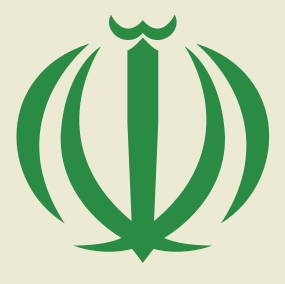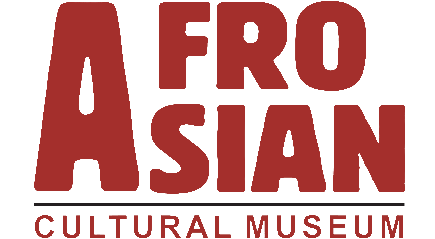Iran

National Flag
Iran, officially the Islamic Republic of Iran formerly known internationally as Persia is a country in Central Eurasia, located on the northeastern shore of the Persian Gulf. Iran is bordered on the north by Armenia, Azerbaijan and Turkmenistan. Kazakhstan and Russia. Iran is bordered on the east by Afghanistan and Pakistan, on the south by the Persian Gulf and the Gulf of Oman, and on the west by Turkey and Iraq. The name Iran itself comes from a Persian word meaning Land of the Aryans. Tehran is the capital and city. Iran had been a monarchy ruled by a Shah from 1501 until the 1979. Iran officially became an Islamic republic on 1 April 1979.

Emblem
Profile:
Official Name - Islamic Republic of Iran
Nationality - Iranian
Chief City - Tehran
Location - Central Eurasia
Population - 70,472,846 (17th)
Area - 1,648,195 km (18th)
Official Languages - Persian
Government - Islamic republic
Currency - Iranian rial (IRR)
Independence - 1st April 1979

Map
national anthem
UniPers alphabet
Sar zad az ofoq mehr-e-Khavaran
Forugh-e-dideye hagh Bavaran
Bahman, farr-e-iman-e-maust
Payamat ey Emam, esteghlal,
Azadi, naghsh-e-jan-e-maust
Sahidan, pichide dar gush-e-Zaman faryadetan
Pauyande mani yo javedan
Jomhuri-ye-eslami-ye-Iran
TRANSLATION
Upwards on the horizon rose
The Eastern Sun
The light in the eyes of the
Believers in Justice
Bahman is the zenith of our faith.
Your message, O Leader, of Sovereignty
and Freedom
is imprinted on our souls
O Martyrs! Your shouts echo in the ears of time:
Be enduring, continuing, and eternal,
The Islamic Republic of Iran.

Jameh Mosque

Imam Reza Shrine

Women, Chador

Iranian Carpet
climate
Iran's climate ranges from arid or semiarid, to subtropical along the Caspian coast and the northern forests. On (the Caspian coastal plain) temperatures nearly fall below freezing. Iran's wildlife is composed of several animal species including bears, gazelles, wild pigs, wolves, jackals, panthers, Eurasian lynx, and foxes.
people
Islamic tradition is the basis of life in Iran. In the cities,
women must wear a chador, a black, full-length body
veil.
Iran stands at one of the world's major
crossroads, between the Near East and central Asia. It
has been the site of many civilizations and empires.
Today, about two-thirds of the Iranian populations are
descended from the Aryans.
geography
Important cities are Tehran, Isfahan, Ahvaz, and Qom. Tehran is home to around 11% of Iran's population. Mashhad with a population of 2.8 million is the second largest Iranian city. Mashand is one of the holiest Shi's cities in the world as it is the site of the Imam Reza shrine. It is the centre of tourism and between 15 and 20 million pilgrims go to the Imam Reza's shrine every year. Another major city is Isfahan.
economy
About 75 per cent of the cultivated land is used to grow wheat and barley. Other crops include corn, cotton, dates and other dry fruits such as Pistatue, Mands, Jardaloo, lentils, nuts, rice, sugar beets, tea, and tobacco. Oil has been the backbone of Iran's economy. Iran is one of the world's leading oil producers.
religion
About 99 per cent of the Iranian people are Muslims. About 95 per cent of them belong to the Shiah branch of Islam, which is Iran's state religion.
art and architecture
Iran's artistic heritage begins with
its earliest civilizations. Painted
pottery dating back to about 5000-
4000 B.C. has been found in
western Iran.
From these beginnings, Iranian
artists and architects have given
the world some of its most
splendid paintings, architecture,
metal work, ceramics, and
textiles.

Imam Mosques

Shehu Lotfollah Mosques

Azadi Tower

Lynx lynx


